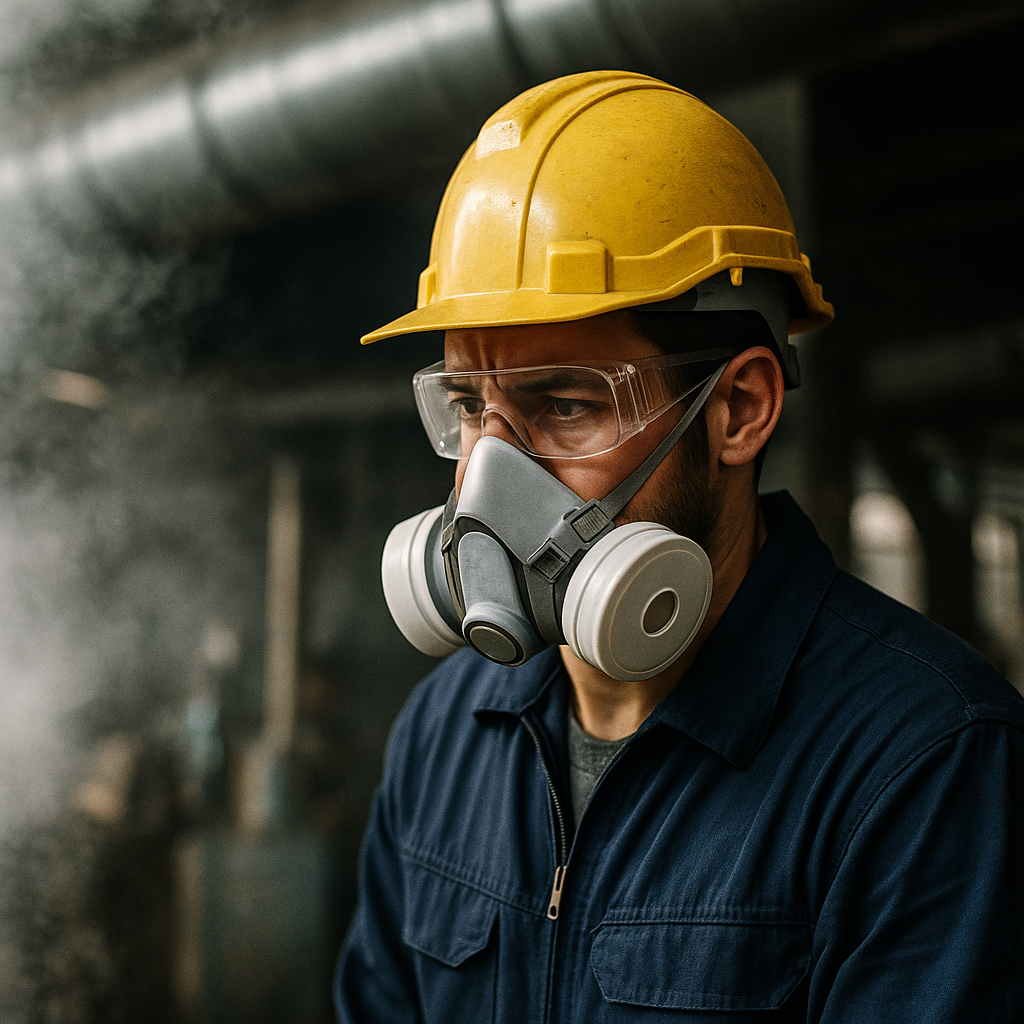Industrial Airborne Chemical Exposure in WA – Building a Toxic Injury Case
In Washington, workers exposed to airborne industrial chemicals often don’t realize the harm until it’s too late. From paint vapors to cleaning agents to insulation dust, chemical exposure can silently attack the lungs, nervous system, and long-term health. When that exposure causes illness, the legal path to compensation can be complex — but not impossible.
What happens when your body absorbs damage day after day, but the signs don’t show up for years? That’s the core issue in many toxic exposure claims. Unlike a sudden injury like a car accident, chemical exposure often develops slowly. Workers might report headaches, dizziness, or coughing long before doctors connect the symptoms to chemical contact at work. And by the time they do, the employer’s records may be incomplete — or missing entirely.
Can you still file a claim if you didn’t realize you were exposed until years later? In many cases, yes. Washington law allows for toxic injury claims even after symptoms develop slowly, especially when the worker couldn’t reasonably discover the harm at the time of exposure. But it requires strong evidence — not just of the illness, but of the chemical, the exposure levels, and the path from workplace to injury.
Employers and manufacturers may argue that the worker’s symptoms came from another source — smoking, genetics, or a hobby. That’s why documentation becomes crucial. Medical records, witness testimony, job site photos, OSHA complaints, and even leftover materials from the site can become evidence in a toxic exposure case. So can expert analysis from industrial hygienists or toxicologists.
What if you were using protective gear? That’s not always a defense. If the employer provided inadequate protection, failed to train workers properly, or ignored safety complaints, they can still be held accountable — especially if the gear didn’t meet industry standards or wasn’t available when needed.
Is it always the employer who’s liable? Not necessarily. Third-party contractors, product manufacturers, or building owners may be at fault too. In Washington, workers’ compensation may cover part of the medical costs — but it doesn’t stop injured workers from suing third parties for full damages. That’s how many toxic exposure cases succeed: by identifying who provided the chemical, who failed to warn about it, or who ignored known hazards.
These cases aren’t just about one person’s health. They often reveal larger safety issues that put dozens or hundreds of workers at risk. When one victim steps forward, others often follow — and companies are forced to change.
What’s the long-term impact of winning a toxic injury case? For many workers, it means covering years of medical care, compensating for lost income, and ensuring their families aren’t left behind. It also sends a message to industries that exposure to dangerous chemicals isn’t just a cost of doing business — it’s a preventable harm, and they can be held accountable.
If you or someone you know is dealing with unexplained chronic illness after working in construction, factories, shipyards, or other chemical-heavy industries, it may be time to ask harder questions. Your health isn’t just a mystery. It may be evidence.


